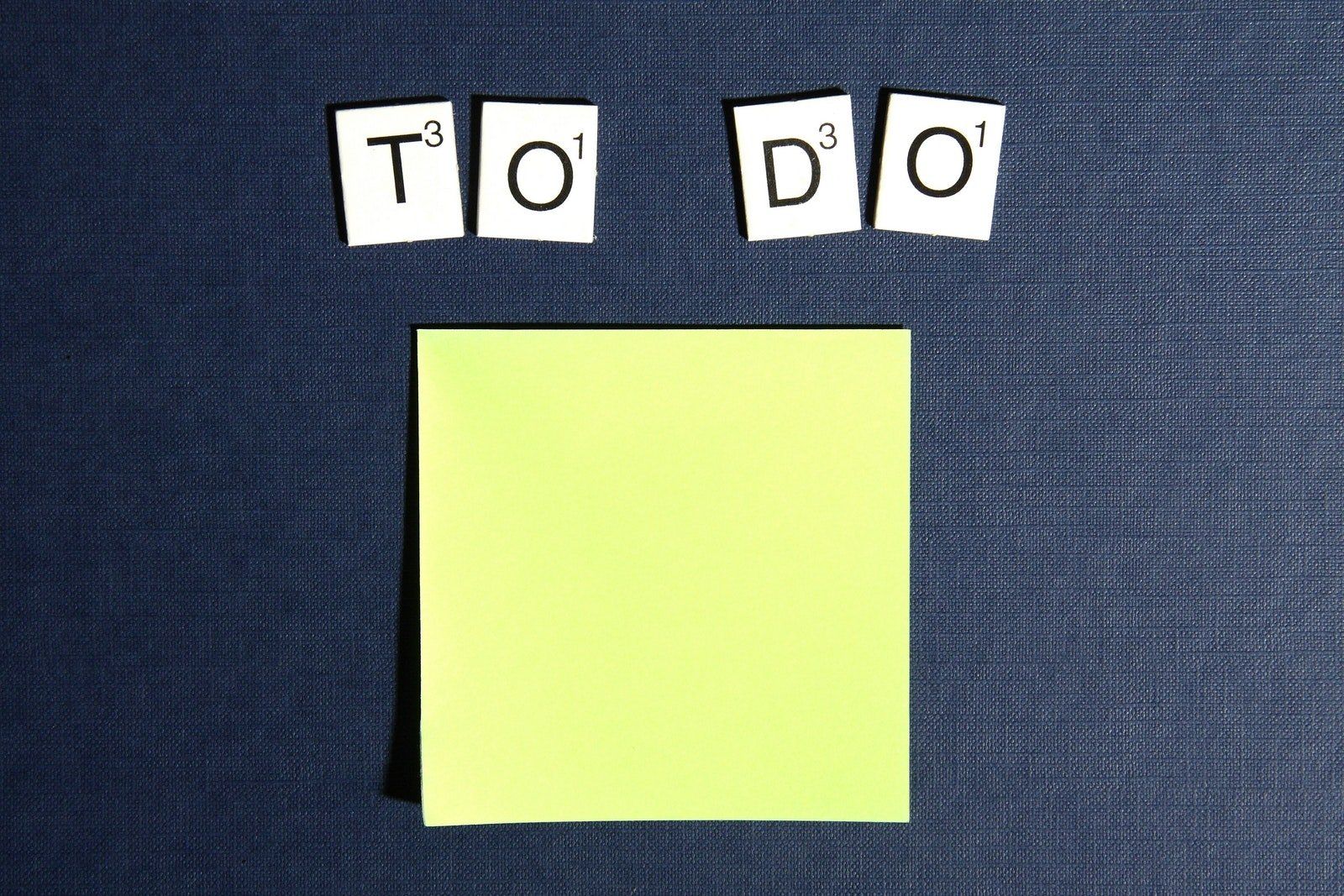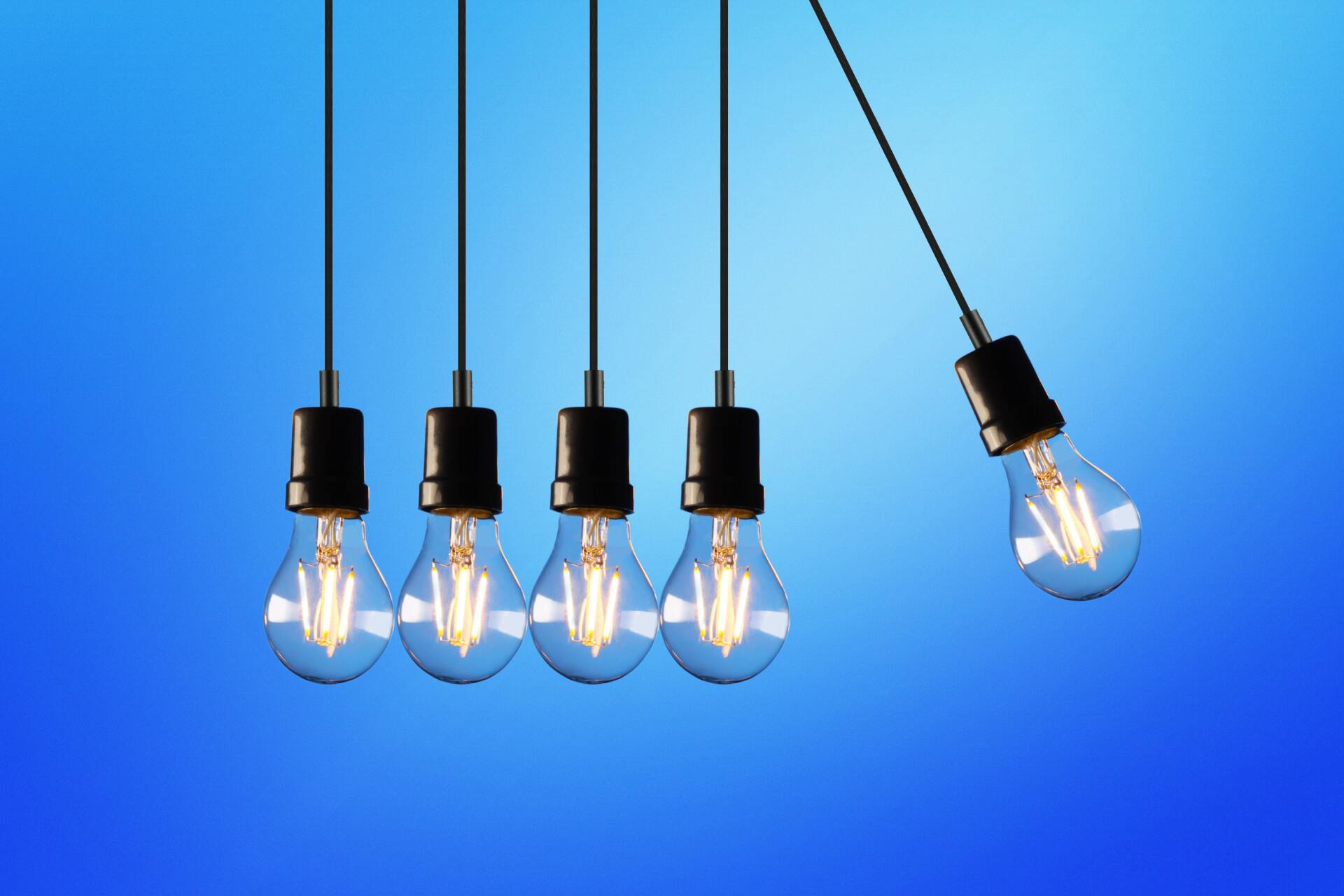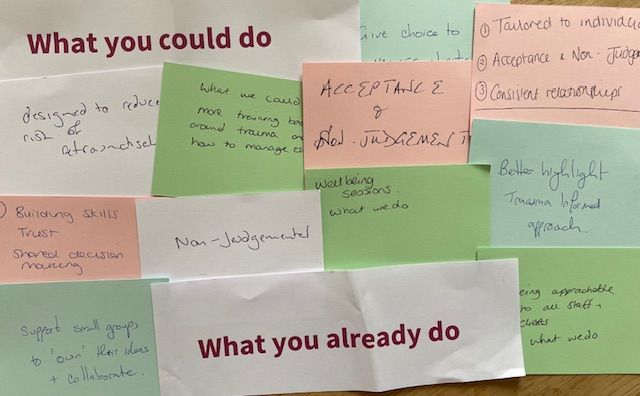What should I put in my impact report?
An increasing number of charities are producing high quality
impact reports to promote what they do.These have more of a “marketing” approach and different from
impact reports that are more evaluative, for example this one
that Ideas to Impact researched and wrote for
Clinks.
I've been working with a few clients recently to plan, collect information for, and design impact reports, and to get ideas I analysed other organisations reports, so to help others, here is the information I collected: this post contains a list of some of the things that you
can include in your impact report to give you ideas about the content and the format.
Impact reports are sometimes linked with the annual report, and sometime separate. Here is a report that Ideas to Impact produced in partnership with VASL’s Community Champions project. Some other examples are linked below.
First things first - what are you trying to communicate?
Before you start, think about who your impact report is aimed at, what are the key messages and what’s the “call to action”, that is what do you want people to do as a result of reading your impact report – access your services? Volunteer? Donate? Fund you? Work in partnership with you? This will drive what you put in. You can use the first table in this blog to undertake this exercise.
Content of your impact report
This will vary in line with what you want to communicate, it’s not vital to have every section in there, but here are some ideas. Each of the reports mentioned in the bullet points is linked below:
- About your organisation – your vision, mission and aims, a bit about its history. You can also include your strategy and your values.
- About the people you work with – who are they, what are their needs? How diverse are your beneficiaries?
- About the issue you work to solve – any additional information, e.g. from other people’s evidence, statistics or research. Home-Start has identified four main areas of their work, and explained the issues with relevant evidence at the beginning, then provided a case study and some statistics about their own work.
- The services or activities you provide
- Key numbers or statistics - this could be outputs, e.g. visits to website, people helped in different ways, and outcomes, x% of people said they were less stressed, 7 out of 10 people said that they were feeling more positive about the future. These are often at the front of people’s impact reports. Citizens Advice has a couple of pages of these, and Home-Start has presented theirs in an eye-catching way. The Masonic Charitable Foundation have theirs on their website and they click over to give the full amount.
- What difference you make / the outcomes you achieve - some organisations organise these by service, e.g. advice, befriending, Saturday schools, and some organise by outcome, e.g. reducing loneliness, getting children school ready, or claiming £xxx,xxx of benefits, Home-Start has used this latter method of organisation. You could think about what your aims or main outcomes are and have a page / half a page for each, perhaps with different types of information for different aims. Have there been any changes year on year – you might want to include anything that’s interesting around changed demand, either numbers or the nature of what’s needed?
- You may want to put in some highlights of the year, relating to any of your activities, put your work in context of a longer term strategy, or represent your work as a journey. The Bridge has done these things in their report below.
- Theory of change – if you have one of these you could explain this, including why you think the outcomes lead to the overall goal of your organisation and why you are best placed to deliver.
- Customer satisfaction statistics – these are different from outcomes as they relate to the quality of the service rather than what happened as a result (though of course the two things are interlinked), e.g. would people recommend the service to others, how easy it was to access etc.
- Value for money – what do you know about the cost of your service compared to other comparable services, or if you have undertaken a cost-benefit analysis or social return on investment what that has found, e.g. for every £1 invested in the service, £2.60 of social value is produced, or £3.45 is saved from public services. You may be able to find national figures for your type of service. However, be careful that what you’re quoting is accurate, there are often some dubiously high claims from organisations!
- Quotes and case studies – it’s always good to mix quantitative (numbers) and qualitative (words) information to give context and elicit an emotional reaction. Don’t make these too long though, and focus clearly on what the problem was, briefly what your organisation did (a common issue in case studies that I see is far too much description about the detail of the activity), and what changed as a result. The Happy@Home and The Bridge reports make good use of case studies, in the VASL Community Champions, covid hit as we were starting and got in the way of beneficiary case studies, but we’ve got a couple of case studies of volunteers.
- Anything innovative or different about your work – what sets you apart from other organisations? What specific expertise, skills or knowledge do you have that’s unique in your geographical area or in your work with a particular group of people?
- Photos – ideally you’ll have a collection of these that you’ve taken throughout the year, with suitable permissions for use – make sure any beneficiaries and other stakeholders are happy to be included. Stock photos can be used, but these can look overly glossy and people won’t identify with them. Some organisations pose shots with just workers, which looks more realistic than stock photos if they haven’t got pictures of beneficiaries. Think about who the pictures show in terms of diversity – will your target beneficiaries see themselves represented in the pictures? (On the other hand don’t misrepresent your service if it’s not genuinely diverse, this may be an issue you need to think about separately.) The Happy@Home report has made really good use of photos. You don’t have to have photos though, some of the impact reports below have used graphics to break up the text and make the reports look attractive such as the Citizens Advice report, or Homeless Link also has a simple infographics-based format.
- As well as working directly with beneficiaries, describe any other work you do, such as partnership working, learning, policy and influencing, involvement in multi-agency partnerships and strategy development, research and so on.
- Staff and volunteers – statistics, quotes and case studies – particularly if outcomes for volunteers are important to your outcomes, for example in an organisation where service users often become volunteers and / or you want to attract more volunteers and staff to your organisation.
- The board / trustees / management committee – as above.
- How funding / donations make a difference – you might want to identify specific amounts, e.g. £10 helps us to provide a care package to a homeless man or woman; £100 enables us to run our helpline for a day etc. – and how people can donate. You could include focus on particular funders or projects.
- Future strategy – what do you want to achieve in the coming years? The Masonic Charitable Foundation also has a report on what they said they’d do in the previous year.
- Learning and reflection – we put a section about this in the VASL Community Champions report – it’s important for charities to reflect honestly on the things that haven’t worked, haven’t had an impact or been value for money or otherwise had a negative (or just not a positive) effect, but impact reports are generally an opportunity for an edited version of this discussion, put in a positive light in relation to how they might have provided learning or helped develop future services. Clic Sargent has a section on the good, the bad and the ugly, in which it talks about things that went wrong, including an embedded video.
- At present – what has the impact of covid-19 been? How have needs changed, how have you adapted services, and what does this mean for the future?
- Contact and location (if appropriate) details for how people can get in touch with you.
- Thanking
funders or donors
or others who've contributed to your organisation, and don’t forget information such as your charity or company
number and registered address or any quality or other logos.
Where does the data for your report come from?
Hopefully you’ll have information that you’ve collected throughout the year (Ideas to Impact can help you to develop a system if you don’t already have one). If you haven't though, you can undertake other research through online surveys, telephone or face-to-face interviews, reviewing case notes and team discussions etc.
How long should my impact report be?
The reports highlighted below have an average length of 20 pages, ranging from six to 31. If you are printing it in standard book style your pages will need to be in mutliples of four. Consider who is going to read it and how much time they are likely to have. Most people won’t read all of it, so make sure it’s easy to pick out the different elements.
What format should I use?
Most reports are produced as pdfs. You could also produce it to be used as a PowerPoint presentation, for example see the Happy@Home design, Clic Sargent and the Masonic Charitable Foundation produced theirs as a webpage. Video and spoken formats are also alternatives.
Some examples of impact reports
These are some examples of impact reports I’ve seen
highlighted as being good practice, let me know if you can suggest any more.
NB as this is an old blog some of these links no longer work - I have updated where I could find a newer version but in some cases there seems to be no equivalent. I've marked these with a *
Community Champions - https://vasl.org.uk/news/community-champions-impact-report/written jointly by VASL Community Champions and Ideas to Impact and designed by Little Gem Creative
Citizens Advice
- https://www.citizensadvice.org.uk/about-us/information/all-our-impact/
CLIC Sargent - https://www.clicsargent.org.uk/corporate/impact-2019/- a pdf can be downloaded from the bottom of the online report.
*Happy@Home – http://www.voluntaryimpact.org.uk/happy-home/- download towards bottom of page
*Homeless Link - https://www.homeless.org.uk/about-us/our-impact
Home-Start - https://www.home-start.org.uk/2019-impact-report-because-childhood-cant-wait
Masonic
Charitable Foundation
- I looked at this report, https://impact.mcf.org.uk/2019/our-year-in-numbers/
but there is also a later one published afterwards - https://impact.mcf.org.uk/2020/
The Bridge - https://www.thebridge-eastmidlands.org.uk/press/25th-anniversary-annual-report-launched
How Ideas to Impact can help











